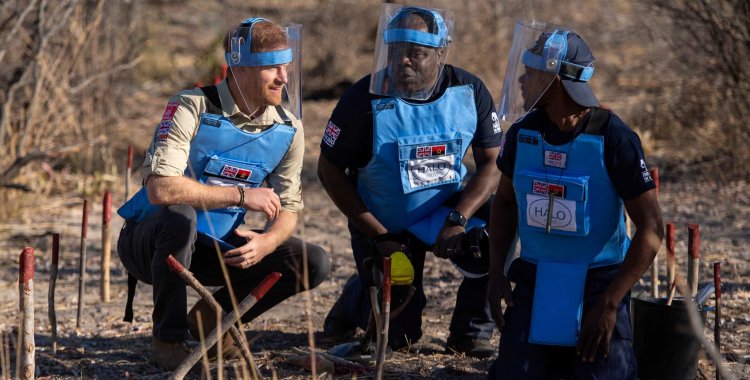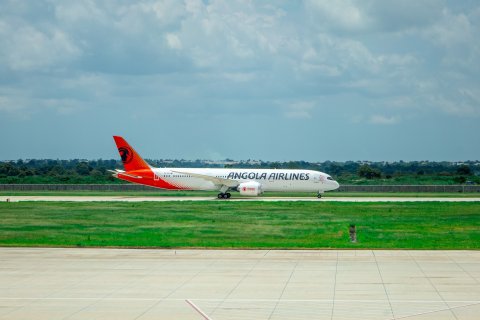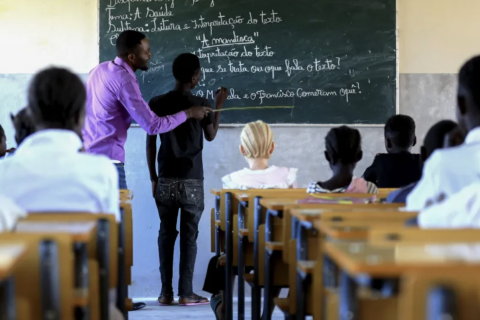Adriano Gonçalves informed that, according to the provisional record to date, most accidents occurred with unexploded ordnance (bomblets - ammunition, rockets, among others, launched by air or land, through artillery, that spread over the ground and don't explode).
"Many of these cases are (people) looking for means of subsistence, in which children and young people find some metal and are unaware of what remains of war and even explosive material, often handle it inappropriately and end up explode, "said the advisor to the National Intersectoral Commission on Demining and Humanitarian Assistance (CNIDAH).
The official indicated that most accidents are with UXOS, that is, unexploded ordnance and that "with mines, the number is already very low".
Regarding mine accidents, Adriano Gonçalves said that they have been decreasing considerably, as a result of the knowledge of the affected areas and the work of education on risks, although still insufficient.
Angola also has 613 mine-affected areas, in three provinces considered the most mined in the country, whose demining process has now been reinforced with US $ 11.1 million donated by the United States.
Adriano Gonçalves considered the US donation, intended for humanitarian demining projects and the management of arms inventory in Angola, to be welcomed, stressing that the US Government is a traditional donor and that this amount will serve for demining operators to continue activities in the field, clearing affected areas in the country.
The embassy of the United States of America in Angola, stressed that, since 1995, the US Government has contributed more than US $ 145 million to the country's demining efforts.
According to Adriano Gonçalves, Angola still has many areas affected by mines, but identified and controlled through a central database.
"We have all these areas configured in the database, we know where they are, in the provinces, in the municipalities, the communes in which they are located, we even have the coordinates of these areas", he said.
The provinces of Cuando Cubango, with 251 mine-affected areas, followed by Moxico, with 240 affected areas, and Bié, with 122 affected areas, lead the challenge of demining in Angola, with Malanje provinces without affected areas, the Huambo, with an affected area, and Namibe, with three affected areas, which will soon be declared free of mines.
Demining work in the country seriously depends on financing, donations from abroad, underlined Adriano Gonçalves, mainly from countries that have their Non-Governmental Organizations (NGOs) represented in Angola, such as Norway, United Kingdom, Germany, Japan , the latter also one of the traditional donors, and other countries.
"In one way or another we look forward to more donations going forward, because that work can only be effective when we have the contribution of the international community, Angola itself has great difficulties in being able to ban all these affected areas from the country", finished off.
Angola has a great commitment within the scope of the Ottawa Convention, he continued, recalling that it has been a State party since 2003 and, in 2014, signed the Maputo Declaration, so that the country is free of mines by 2025.
"We have been making an effort to comply with this desideratum. Of course, all this financing contributes to the demining process to remain active, despite the moment we are going through," said Adriano Gonçalves, referring to the pandemic of the Covid-19.
According to the CNIDAH advisor, most of the projects continue, but the biosafety measures have limited the movement of the sapper brigades at the provincial level, as well as their composition.
"The demining process itself leaves the sappers separated at a distance of about 25 meters, but the problem is in fact the transport and accommodation of these sappers in certain areas, taking into account biosafety standards", explained Adriano Gonçalves, specifying that the demining process has not stopped, it is only reduced ".







